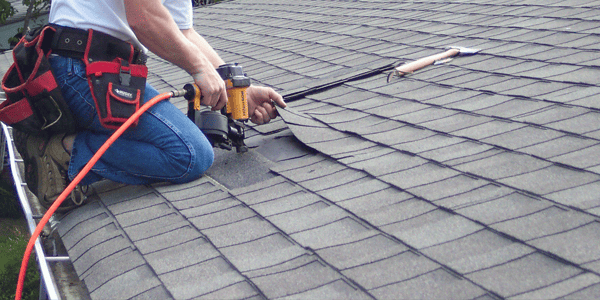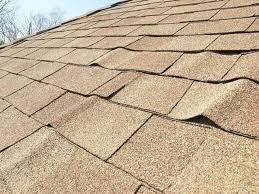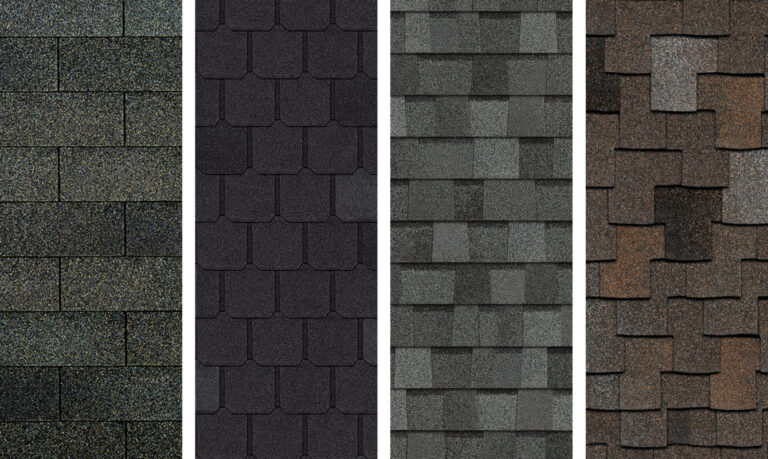Hail, ice that forms in the upper atmosphere, can be massive, reaching the size of a softball. Large hailstones are capable of causing significant damage to cars, houses, and other surfaces. Not only does hail cause physical harm, but it can also lead to water damage as droplets freeze on a surface.
Not sure how to recognize hail damage or blistering? We’ve got you covered with this guide. Learn the signs of roof blisters and hail damage and what you can do to keep your roof in tip-top shape.
Roof blisters vs. hail damage, what’s the difference? And more importantly, if your home suffered hail damage, what should you do? Check out our guide for all the information you need.
Key Points
- The difference between roof blisters and hail damage
- How to spot the signs of blistering vs damage caused by hail
- Potential harm to your roof caused by blisters and hail storms
Roof Blisters vs. Hail Damage – Understanding the Differences
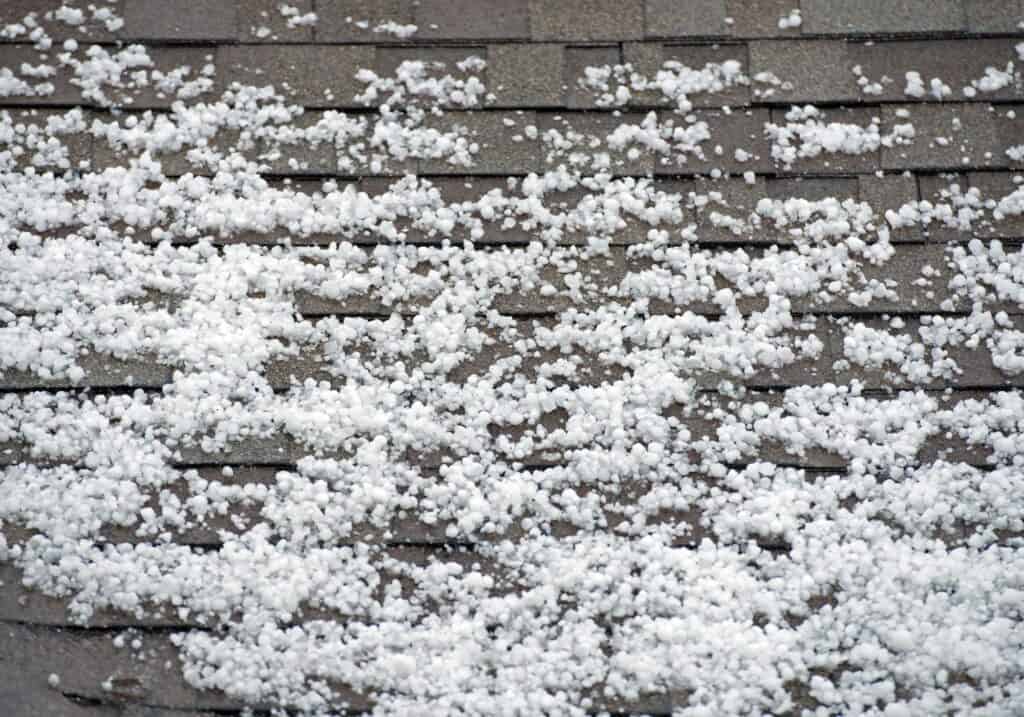
1. What are Roof Blisters and How Do They Form?
Roof blisters occur when moisture becomes trapped within the layers of your roof. These blisters are typically formed due to improper installation methods, poor ventilation, or inadequate roof design. When moisture seeps into the roofing materials, it gets trapped, forming water or air pockets between the layers.
As temperatures fluctuate, especially under the sun’s heat, the trapped moisture expands, causing the roofing material to bulge or blister. Over time, these blisters can increase and eventually rupture, leading to severe leaks and water damage within your home.
Taking Appropriate Measures
Roofing blisters are widespread in areas with high humidity or where there is a lack of proper ventilation. The heat and moisture in these environments create the perfect conditions for blister formation. In addition, roof installation errors, such as an improper base layer or inadequate adhesion, can also contribute to the development of blisters.
To effectively address roof blisters, it is essential to identify the underlying cause and take appropriate measures. A professional roofing contractor will be able to assess the extent of the blistering and determine the best course of action. This may involve repairing the affected area by removing the blistered materials, addressing the moisture issue, and resealing or replacing the damaged roofing components.
2. Distinguishing Hail Damage from Roof Blisters
While both roof blisters and hail damage can cause visible marks on your roof, there are distinct differences that can help you accurately identify the issue.
What does hail damage look like?
- Small dents on the surface of your roof
- Circular or irregular shaped divots accompanied by cracked or missing shingles
The severity of hail damage can vary depending on the size and velocity of the hailstones. More giant hailstones, or ones that fall with greater force, can cause more significant damage to the roofing materials.
What do roof blisters look like?
- Raised bubbles on the surface of your roof
- Typically larger than hail dents and may have a soft or spongy feel when touched
Unlike hail damage, roof blisters are caused by trapped moisture within the roofing system. With roof blisters, you may also notice signs of water damage or leaks in the attic or interior of your home surrounding the blistered areas.
3. How Roof Blisters vs Hail Damage Can Hurt Your Roof’s Health
Understanding whether your roof has roof blisters or hail damage is crucial because it affects the overall health of your roof and the necessary repairs or maintenance required.
How Roof Blisters Can Harm Your Roof
If you have roof blisters, it indicates an underlying issue with moisture penetration. Over time, this can further deteriorate your roof’s structural integrity and compromise its ability to protect your home from the elements. The longer the blisters are left untreated, the more likely they are to burst, causing water leaks and potential interior damage.
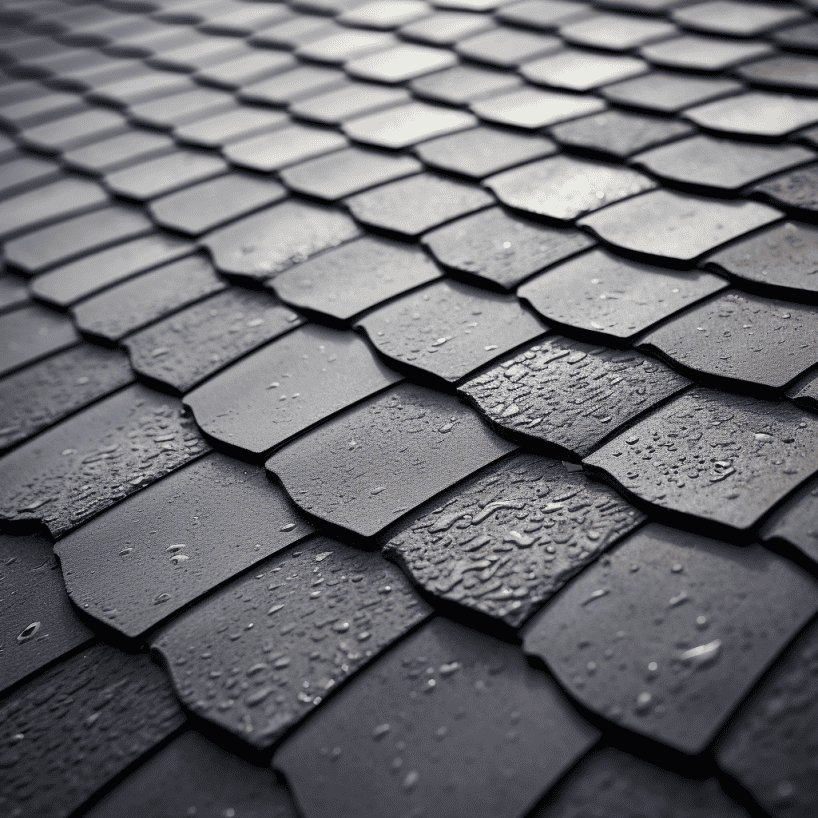
To address roof blisters, a professional roofing expert will need to evaluate the extent of the damage and determine the best course of action. This may involve repairing or replacing the affected roofing materials, improving ventilation, and ensuring proper installation techniques to prevent future blister formation.
How Hail Damage Can Harm Your Roof
On the other hand, hail damage can compromise the protective layer of your roof, causing leaks and exposing the underlying structure to potential water damage. Hail-damaged shingles may become weakened and reduce their effectiveness in protecting your home.
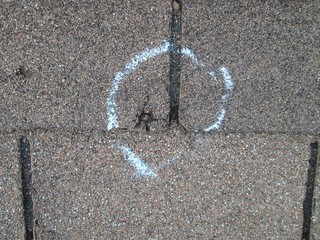
Promptly addressing hail damage is crucial to prevent further issues, such as mold growth and further degradation of the roof’s integrity. Repairs for hail damage may involve replacing damaged shingles or, in severe cases, a complete roof replacement.
4. Signs of Hail Damage and Roof Blisters to Look for
In addition to understanding the differences between roof blisters and hail damage, one must be aware of the signs that indicate their presence. By being proactive and monitoring the condition of your roof, you can address these issues early on and minimize the potential for further damage.
Signs of hail damage to look for:
- Noticeable dents or divots on your roof’s surface
- Cracked, broken, or missing shingles
- Granules from shingles collecting in gutters or downspouts
- Soft spots or depressions on the top of the shingles
- Water leaks in the attic or interior of your home
If you observe any of these signs after a hailstorm, contact a professional roofing contractor for a thorough inspection.
Resolve the Roof Damage on Your House
Understanding the differences between roof blisters vs hail damage is crucial for homeowners to address roofing issues promptly and effectively. By familiarizing yourself with the unique characteristics of each problem and their implications on your roof’s health, you can make informed decisions and take the necessary actions.
Whether it’s the trapped moisture causing roof blisters or the impact of hail on the protective layer of your roof, early detection and proactive maintenance are critical. If you suspect your roof has been affected by either roof blisters or hail damage, don’t hesitate to contact a reputable roofing expert like Tidd’s Roofing, who has experience diagnosing and resolving these issues.
Here’s what our team of experts will do for you:
- Conduct a thorough inspection
- Accurately identify the problem
- Provide the necessary repairs or replacements
- Ensure the longevity and durability of your roof
Schedule a roof inspection with us today, and let us take care of your roofing needs so you can have peace of mind knowing your home is protected. Trust the experts at Tidd’s Roofing for all your roof repair, replacement, and gutter needs. Visit our website to schedule your inspection today.
